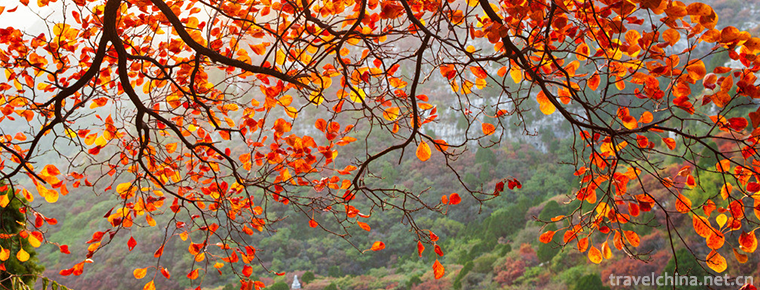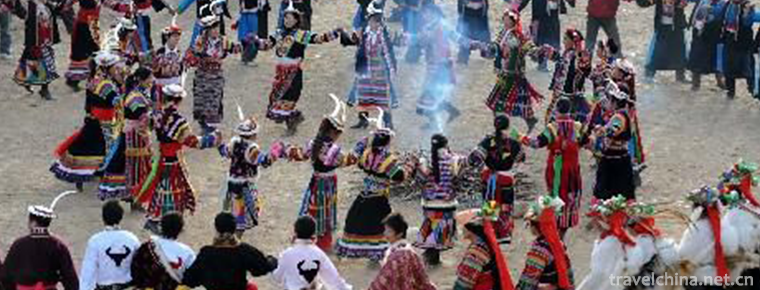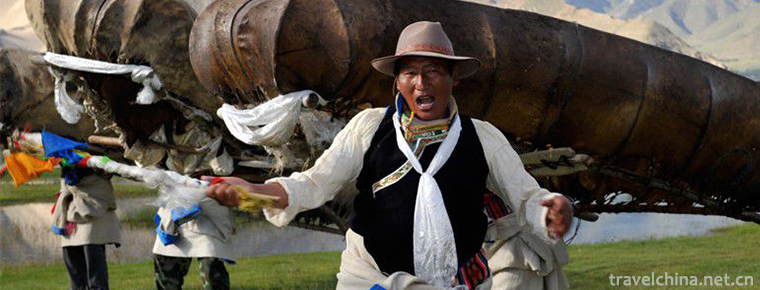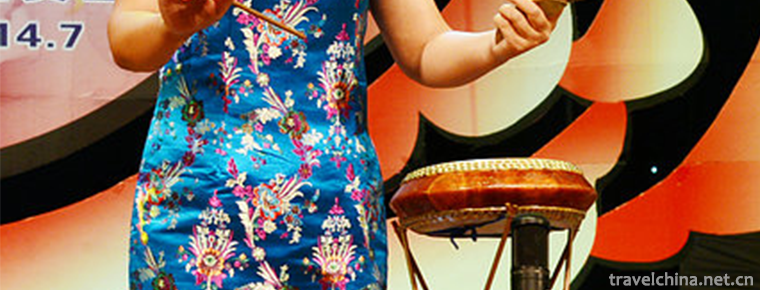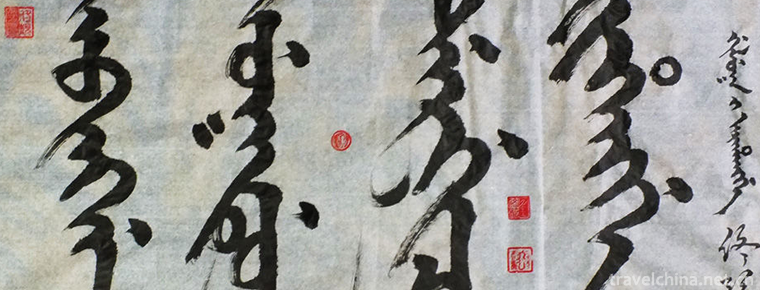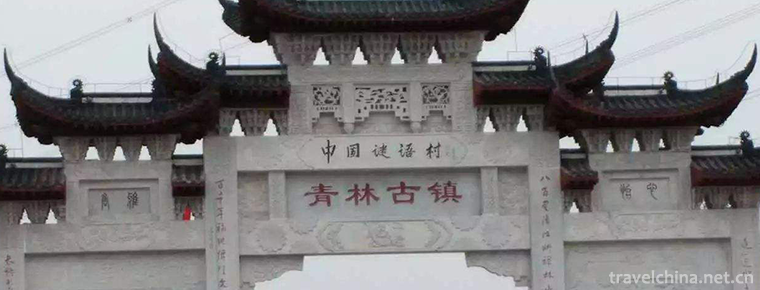Dong year
Dong year
In Dong year, Dong language is called Ninggan, also known as Winter Festival or Yang Festival. Winter Festival was originally a festival of Yang surname of Dong nationality. Initially, Yang Festival was used as Dong year in some areas of Liping, Rongjiang and Congjiang counties of Guizhou Province (between November 19 and 22 each year). Later, people gradually passed the Dong year after imitating each other.
In the early 1980s, the first day of November in the lunar calendar was the year of Dong, which was decided by the representatives of Dong nationalities from all over the country.
On May 23, 2011, the "Dong Year" declared by Rongjiang County, Guizhou Province, was listed in the third batch of national intangible cultural heritage list with the approval of the State Council.
Festival activities
During the festival, families kill pigs and sheep, chickens and ducks, invite visitors and friends for a feast. The day before the festival, they prepare tofu, fish and shrimp, cook them in sour water that night, and then cool them overnight into "frozen vegetables", on which day they sacrifice their ancestors with "frozen vegetables".
On this day, the Dong people prepared various pickles, frozen fish and bamboo buns to give to their relatives and friends, called "eating Yangbao". During the Lunar New Year, the other party should return them as many as possible, called "returning Yangbao".
The Dong people believe that after the autumn when grain is abundant, livestock is flourishing and all farming affairs are completed, the year of labor has passed and the new year is coming. Therefore, some places regard November as the beginning of the new spring, while others regard it as the end of the old year. In this regard, it is considered the end of the old year. In this regard, it is considered that the old year has gone, the new year has arrived, the grain is full of barns, and the end of the old year. When poultry and livestock are in full circle, pigs and sheep are slaughtered to celebrate the festival. Year after year, the festival is followed by the festival of the Chengdong nationality.
The Dong village in the seventy-two Zhai area of Rongjiang celebrates the New Year celebrations from the end of October to the beginning of November. In the Dong Dynasty, it is mainly a variety of flowers and presents for the elderly. It is a celebration of the ancestors. On the occasion of the new year, the family will clean up the front of the house and replace the new clothes for men, women and children. People will slaughter pigs and kill cows, and spring glutinous rice rakes. Activities, some young people take advantage of the occasion to hold wedding ceremonies, feasting relatives and friends.
In addition to the Dong year in early November, the two "accompanying years" of the performance contest are called "accompanying years". The so-called "accompanying years" refers to the Dong year at the end of November and the Spring Festival of the Han nationality accompanied by the nearby Dong people. The "accompanying year" is a program to strengthen national unity and increase friendship between the villages, both in form and in content.
There are two theories about the origin of the Dong year in this area. One is that the Longdong Dong people of Yandong first settled here, and then the ancestors of Luo, Huang, Wang and Gong came one after another. The ancestors of Luo surnamed were in harmony with the villages. On November 27, they killed pigs, slaughtered cows, beaten glutinous rice sticks and feasted their relatives. On December 1st, other families also held banquets to thank them. Another legend is that in the year of war and disorder, Luo surnamed ancestors. After hearing the news that the army was going to cross the border, it killed pigs and cattle on November 27 to celebrate the New Year. Later, other family members knew it and passed the New Year on December 1. From then on, until now, all kinds of legends have shown the festival contents of sacrificing ancestors. The rit*of the festival embodies the atmosphere of celebrating the New Year.
Inheritance and protection
In 2007, Dong year was listed in the second batch of intangible cultural heritage list of Guizhou Province.
On May 18, 2010, the State Council of China announced the third batch of national intangible cultural heritage list recommended items (new items). The "Dong Year" declared by Rongjiang County, Guizhou Province, was included in the category of folk-custom items.
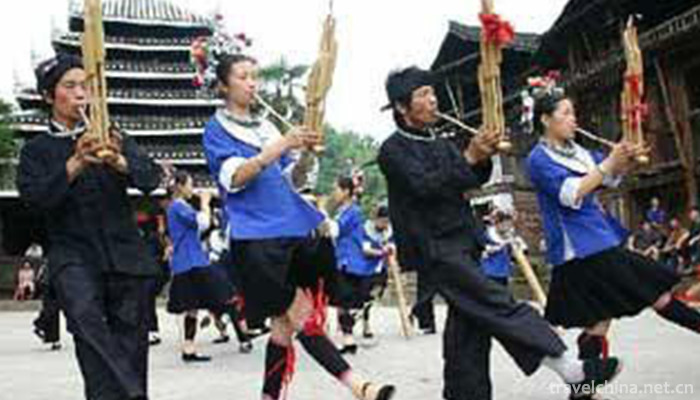
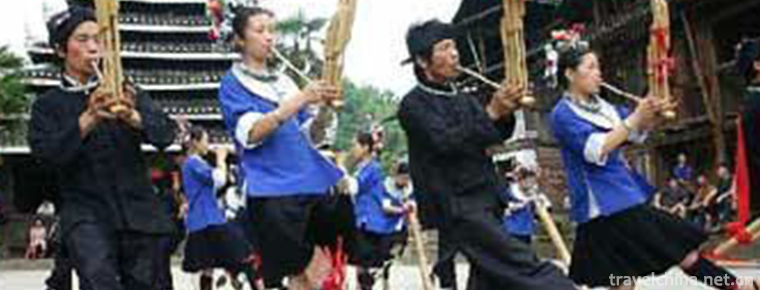
Dong year
-
Steamed Abalone with Sharks Fin and Fish Maw in Broth
Buddha jump wall, and the name of the altar full of fragrance, Fu Shing, is a famous local cuisine in Fuzhou, Fujian, belonging to the Department of Fujian cuisine. According to legend, it was develop
Views: 356 Time 2018-11-02 -
Jiulushan Waterfalls Scenic Spot
JiuRushan Waterfall Group Scenic Area - National AAAA Class Scenic Area and National Forest Park, located in Xiying Town, Jinan City, Shandong Province, is the source of Jinxiuchuan Reservoir
Views: 226 Time 2018-12-22 -
The Gu Guan Great Wall
Guguan Great Wall is located in Xinguancun, Pingding County, Shanxi Province, on the western side of Taihang. It starts at Niangziguan Jiayugou in the north and reaches Baihui Village in the south.
Views: 141 Time 2019-01-12 -
Red Leaf Valley Eco cultural Tourist Area
Red Leaf Valley Eco-cultural Tourist Area, National Key Scenic Spot, National AAAA Class Tourist Spot. Red Leaf Valley is located in the southern mountain area of Jinxiuchuan Township
Views: 223 Time 2019-01-16 -
Panda Dance
Panda dance is a traditional dance originating in Jiuzhaigou County. Every year on the 15th and 16th of the first lunar month, some of the Baima Tibetans wear panda masks to exorcise evil spirits.
Views: 131 Time 2019-04-26 -
Kuozi Guzi
Guzi, also known as "Guzi Dance" and "Cowskin Boat Dance", is a unique folk dance of two groups of Junba in Chabalang Village, Qushui County, Tibet Autonomous Region. In 2008
Views: 138 Time 2019-05-10 -
Leting drum
Music Pavilion Drum is a representative form of traditional music drum book and drum music in northern China. It is widely spread in eastern Hebei, Beijing, Tianjin and northeastern Liaoning, Jilin, H
Views: 298 Time 2019-05-11 -
Manchu calligraphy
Manchu calligraphy is a kind of calligraphy created by imitating Chinese seals in the Qing and Qianlong periods. In 1748 (the thirteenth year of Qianlong), Emperor Qianlong of Qing Dynasty ordered Fu
Views: 242 Time 2019-05-16 -
The riddle of Qinglin Temple
The number of riddles in Qinglin Temple is abundant, there are about 5000. There are many kinds of riddles, such as object riddles, event riddles and crossword riddles. Many of the riddles have high c
Views: 129 Time 2019-06-11 -
Beijing Union University
Beijing Union University was founded in 1985 by the Ministry of education. It is a comprehensive university in Beijing. Its predecessor was the 36 University branches in Beijing in 1978. After more th
Views: 187 Time 2019-09-06 -
Dazhous location
Dazhou is located in the junction of Sichuan, Chongqing, Hubei and Shaanxi provinces and the Chengdu Chongqing Economic Belt in the upper reaches of the Yangtze River. It is the "East Gate" of Sichuan opening to the outside world and a key regi
Views: 278 Time 2020-12-20 -
Dazhou City honor
On June 9, 2020, Dazhou was awarded the advanced municipal Party committee and government of Sichuan Province in promoting the development of service industry.
Views: 248 Time 2020-12-20



